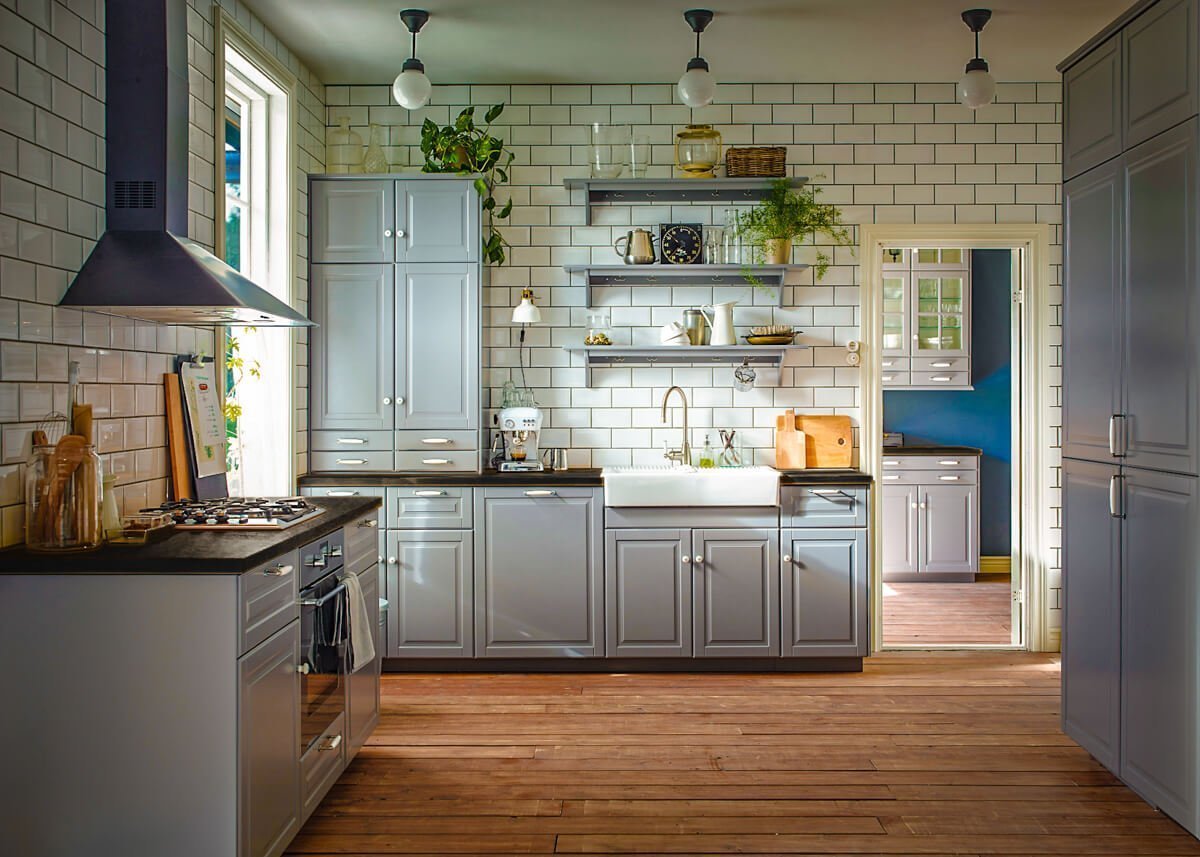Some sink manufacturers sell sinks that are described as being suitable for either under- or top-mount use. These are generally not the ideal choice as they often have a deeper flange that is not as aesthetically pleasing when fitted, and often leave little room for the tap hole.
We would also NOT recommend stainless steel under-mounted sinks which have a tap-hole cut into the sink (i.e. where the tap is attached directly to the sink and does not require a hole cut into the granite).
If you have any concerns about your sink, please contact our sales team to discuss its individual suitability for your particular installation.















